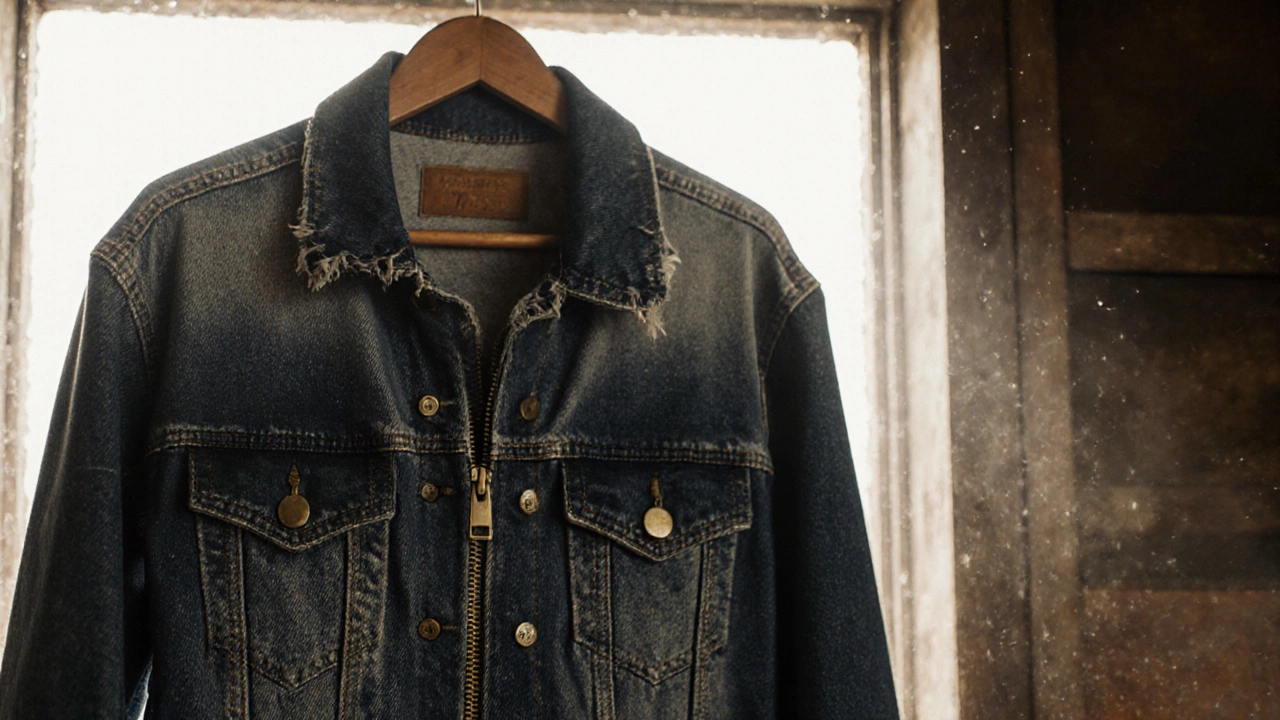How Old Is Vintage? What Makes Something Truly Vintage
When we say something is vintage, a garment or item that’s at least 20 years old but less than 100, valued for its design, craftsmanship, and era-specific character. Also known as classic style, it’s not just old—it’s got soul, history, and a look you can’t replicate with mass production. Many people mix up vintage with antique or retro, but they’re not the same. Antique means 100 years or older—think 1920s or earlier. Retro is newer, usually from the 70s to 90s, and intentionally copied to look old-school. Vintage? That’s the sweet spot: something real, made when fashion had more personality, and now it’s back because it just works better.
So how old does something have to be to be called vintage? The rule is simple: 20 to 99 years old. A 1995 denim jacket? Vintage. A 2005 pair of boots? Not yet. A 1950s cowboy shirt? Definitely vintage. And that’s why you’ll find so many posts here about vintage clothing, authentic Western wear from the 1940s to 1980s, made for work, rodeos, and everyday life. These aren’t replicas. They’re the real deal—sturdy stitching, natural fabrics, cuts that flatter because they were designed for real bodies, not Instagram filters. You’ll also see references to vintage fashion, the way people dressed with intention, using what they had, and making it last. That’s why today’s Western style still leans on vintage silhouettes: high-waisted jeans, wide-leg pants, leather jackets with real wear, and boots that look like they’ve been through a dozen dust storms.
It’s not just about age—it’s about how it was made and how it feels. Modern clothes are built to be replaced. Vintage was built to last. That’s why you’ll find guides here on vintage boots that still fit like they were made for you, even 40 years later. Why people still prefer vintage denim over new stuff. Why a 1970s ranch shirt looks better than any new ‘Western-inspired’ piece. It’s not nostalgia. It’s quality. It’s truth. And that’s why this collection includes posts about fit, care, and how to spot real vintage versus cheap imitations. You’ll find tips on how to tell if your boots are vintage, what to look for in a used denim jacket, and why certain colors and cuts never go out of style. This isn’t about collecting old stuff. It’s about wearing things that were made to be worn—and worn well.

How Old Is a Vintage Jacket? What Makes a Jacket Truly Vintage
A jacket is considered vintage if it's between 20 and 99 years old. Learn how to spot real vintage jackets, avoid modern reproductions, and understand why age, materials, and history matter more than just looks.
